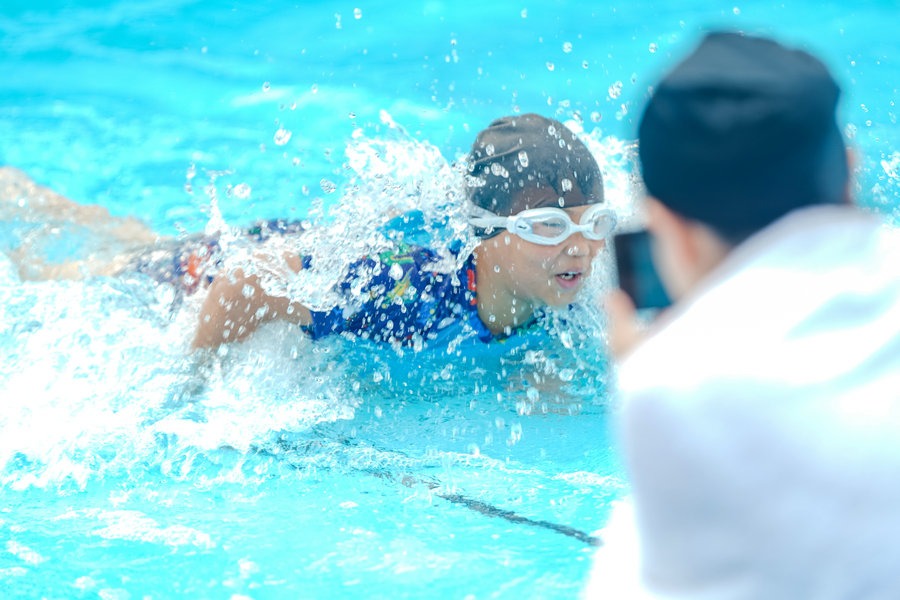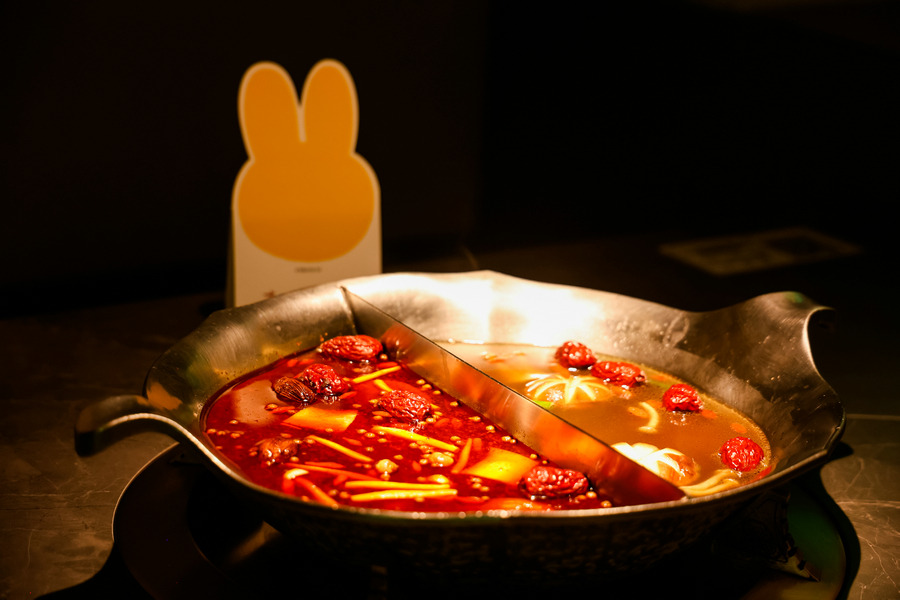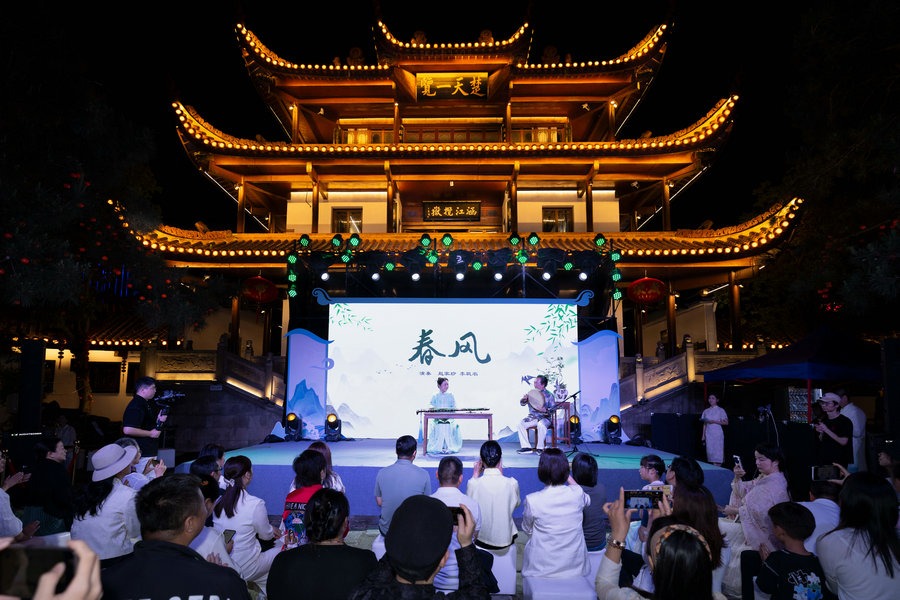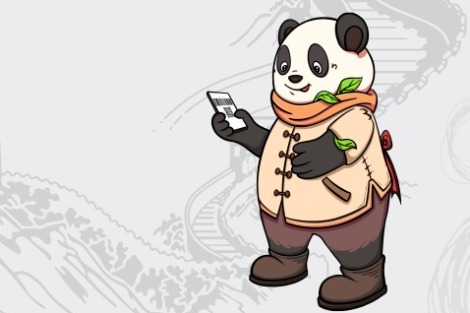Vintage hairstyles add retro glamor to Suzhou sidewalks

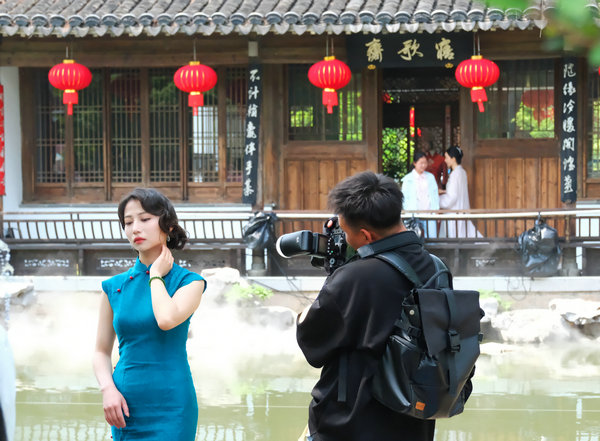
If you walk along the stone-paved sidewalks of Pingjiang Road in Suzhou, Jiangsu province, a distinctive scene will unfold daily: young women in elegant qipao, or traditional Chinese attire, with their hair styled in vintage waves, posing for photographs against a backdrop of white-walled, gray-tiled houses.
This isn't a movie set or a historical reenactment, it's the latest cultural phenomenon sweeping through this water town.
This renaissance of pre-1949-era aesthetics has transformed Pingjiang Road into a lively gallery where past meets the present, with social media platforms flooded with images of young people showcasing vintage glamor.
On Chinese lifestyle-sharing platform Xiaohongshu (RedNote), posts tagged with "Suzhou's vintage transformation", "Chinese-style beauty experience" and more have garnered hundreds of thousands of likes.
"It feels like stepping through a portal into the most elegant period of Chinese history," said a 24-year-old visitor surnamed Liu from Zhejiang province. "I've always wanted to capture photos in pre-1949-era style. Wearing a qipao with the classic wave hairstyle while walking on these ancient stone paths gives me a genuine sense of connecting with our cultural heritage."
Central to this cultural revival is a traditional hairstyling technique known as "hand-pushed waves" or "finger waves", popularized by local salons like A'Er Hair Salon, which has been operating for 35 years. Each morning, as early as 7:30 am, young women clutching their social media guides will wait to have their hair styled.
The twin sisters who run A'Er Hair Salon have become popular for their execution of this vintage hairstyle. Using traditional hair dryers and curling irons, their techniques have remained unchanged for decades.
"I've been styling hair for over 40 years," one of the sisters told Suzhou News, a local media platform. "I was once a stylist for theater troupes, but I prefer the tranquility of running this salon."
Despite modern alternatives, the sisters insist on traditional methods. "The texture achieved through traditional finger waves can hardly be replicated with modern tools," they explained. "For us, it's more about preserving an art form, not just making money."
The trend has fostered a comprehensive vintage experience industry along Pingjiang Road, encompassing qipao retail, makeup services, and professional photography.
The popularity of this retro transformation has been further amplified by a hit TV series and Suzhou's growing tourism sector. Social media has played a crucial role, with influencers and visitors sharing their experiences and tips online.
"I did extensive research before coming here," said a visitor from Shandong province, who allocated an entire day of her three-day trip in Suzhou for the vintage photo shoot. "Following online guides, we purchased qipao from nearby shops and selected beautiful velvet flower hairpins from local craftsmen."
The enthusiasm has created such demand that some popular salons have had to limit their daily appointments. A'Er Hair Salon, for instance, has to control its daily capacity to about 10 clients. Yet, rather than viewing other establishments as competition, they encourage visitors to experience finger waves at other salons, seeing them as partners in preserving this cultural heritage.
As the sun sets on Pingjiang Road, the sight of young women in qipao with styled finger waves continues to evoke the romantic charm of the retro style.
- How a traditional festival became China's cultural bridge
- Shenzhen int cultural industries fair opens
- Exhibition of Chinese indigo dyeing art held in UAE and Kuwait
- Tunisian ambassador to China: Tunisia a cultural bridge between China and the Arab world
- Vincent Fang donates personalized celadon panel to museum

















